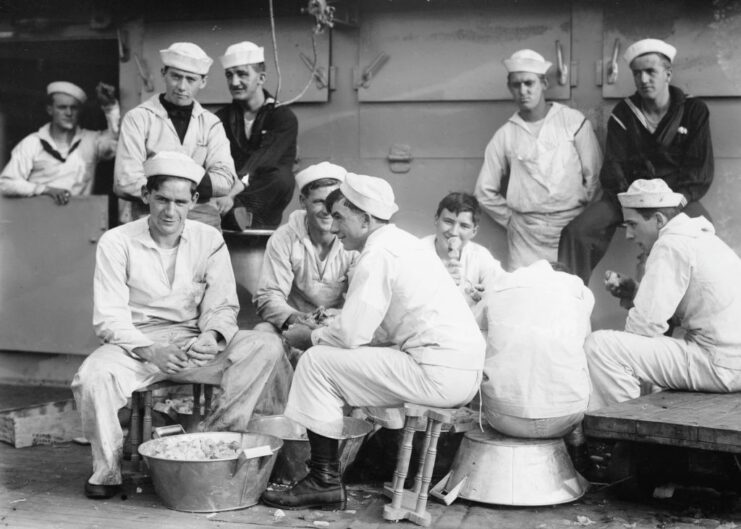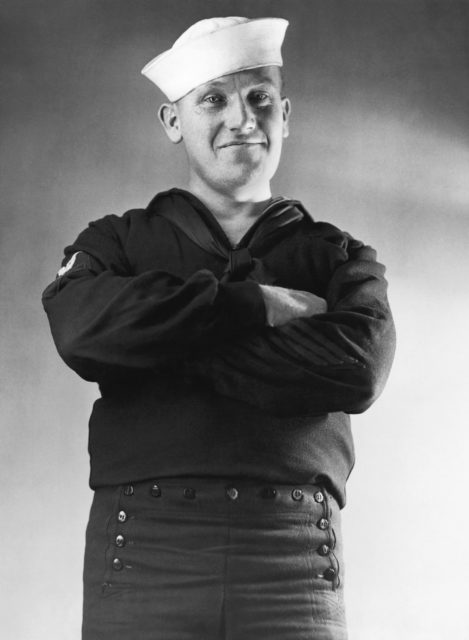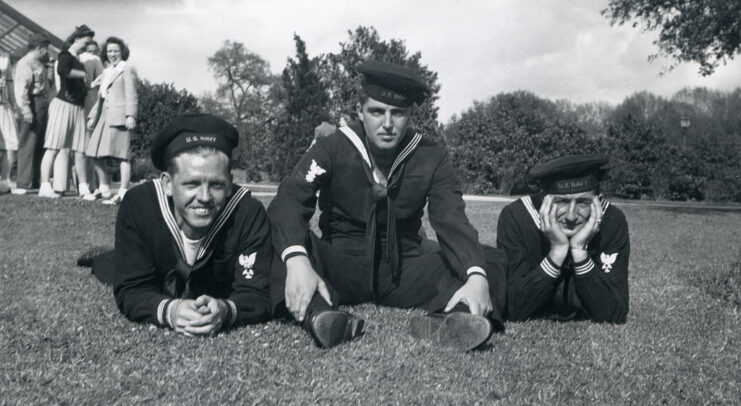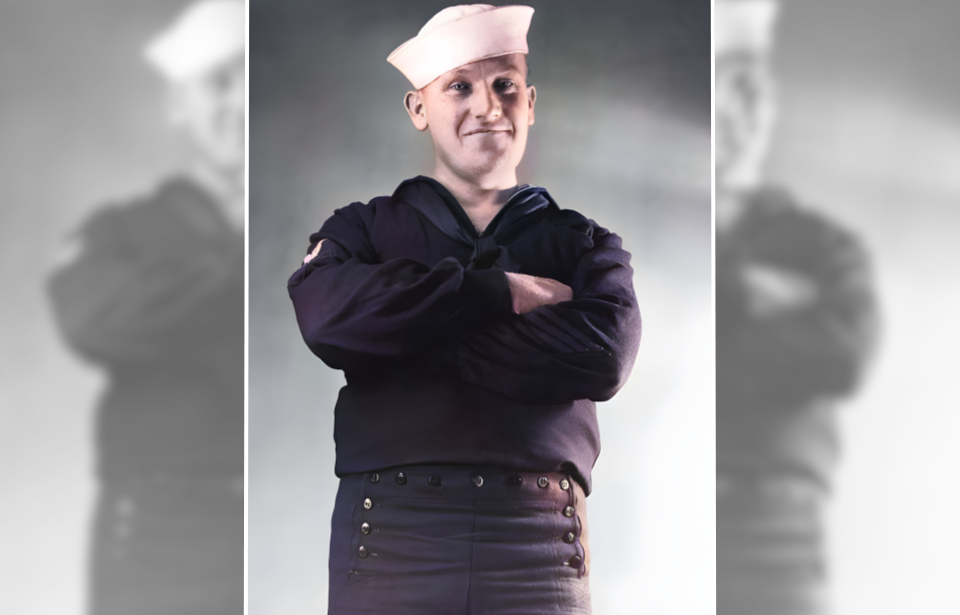Navies around the world maintain age-old traditions, some of which have lasted for hundreds of years, with their origins often shrouded in mystery. However, one particular tradition with a clear and well-documented history is the 13-button trousers worn by US Navy sailors. Although their main function is practical, several theories suggest they might also hold additional symbolic meanings.
‘Crackerjacks’

In the early 1800s, the US Navy introduced 13-button bellbottom pants, endearingly called “Crackerjacks,” with a practical design in mind. The flared ends were meant to be easily rolled up during demanding tasks, providing sailors with a useful convenience. Additionally, the flared design allowed for swift removal if a sailor fell overboard, eliminating the need to take off their shoes. This feature was vital, as it prevented the heavy, waterlogged wool material from pulling sailors underwater.
Apart from these practical reasons, there are other theories about the 13-button pants. Some suggest the flared bottoms were created to give US Navy sailors a unique look. Furthermore, since zippers were not very common at the time, the buttons were used to secure the crotch area, known as the “broadfall.”
Why do the pants worn by US Navy sailors have 13 buttons?

As aforementioned, the broadfall section of the pants is held in place by exactly 13 buttons, and many assume that the implements were designed by the US Navy to represent America’s original 13 colonies. However, this is considered more of a sailor’s tale.
The broadfall originally had 15 buttons, but this was reduced to seven to save material. However, the sailors soon complained the section was too small. This was partly because diet changes led to weight gain, with others complaining about how uncomfortable it made their “equipment” feel.
The US Navy listened and made the broadfall bigger. With more material came the need for more buttons, resulting in six more being added, bringing the total to the 13 we see today. This number was likely chosen to maintain visual symmetry.
What about other pieces of uniform?

Other pieces of the US uniform had their uses, too. The neckerchief could be used as a headband or a cleaning cloth, and it also kept uniforms clean. Sailors in the 19th century typically sported long hair and, to keep it out of their way during tasks, it would be tied in a ponytail and stuck down with a sticky tar-like substance. The neckerchief kept it off the rest of their uniform.
Like the “13 buttons, 13 colonies” explanation for the bellbottom pants, the neckerchief also has an alternative and unlikely origin. Allegedly, the fabric is a symbol to honor Horatio Nelson, with the three white lines representing his three major victories.
Are you a fan of all things ships and submarines? If so, subscribe to our Daily Warships newsletter!
Today, this style of uniform is for dress purposes, rather than actual work, and these unique features were retained to maintain traditions.
